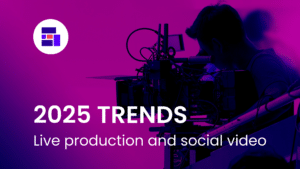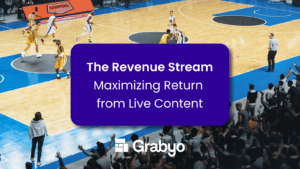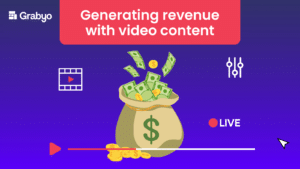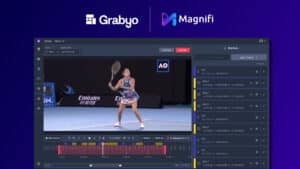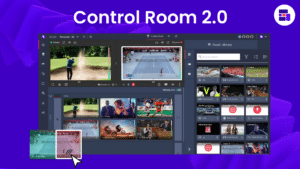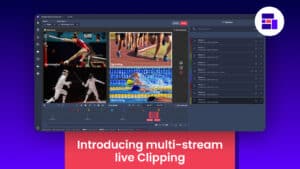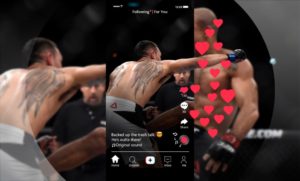
The evolution of election campaigns
How live digital strategies are winning votes
From doorsteps to digital: the new campaign landscape
In the past decade, the landscape of election campaigns has undergone a dramatic transformation. Traditional methods of connecting with voters, such as door-to-door canvassing, TV ads and in-person rallies, are now complemented – and often overshadowed – by dynamic digital strategies. Among these, live digital experiences have emerged as powerful tools for engaging voters and winning elections.
At the same time, broadcasters have adapted to this new landscape by disseminating news across digital and social channels, ensuring that election coverage is more accessible and immediate than ever before. Cloud production technology plays a pivotal role in this shift, enabling broadcasters to produce, manage, and distribute content efficiently and in real-time from anywhere in the world.
Here’s a closer look at how live digital strategies, supported by advanced cloud production technology, are reshaping the way candidates campaign and connect with their audiences, and how broadcasters are revolutionizing news coverage.
Social media live streams: real-time engagement
Despite the fact that not all voters have access to digital technologies or their own social media profiles, many younger audiences do. Therefore, to address the engagement gaps of traditional campaigning, both campaigners and broadcasters need to find effective ways to reach and include these voters within their social media strategies. This approach aims not only to increase voter turnout but also to empower individuals to make more informed decisions and participate meaningfully in the democratic process.
By reaching voters on their terms and using targeted digital channels effectively, campaigners can engage these audiences more deeply and potentially bring them around to their party’s way of thinking.
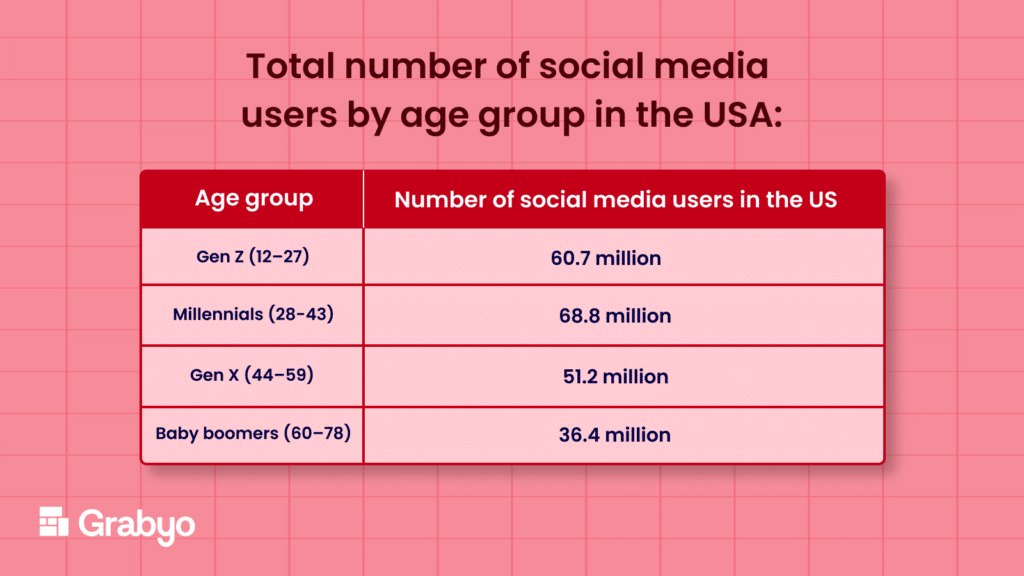
However, don’t be fooled into thinking that simply posting the same live content across multiple channels will yield identical results. Given the diversity of user preferences and demographics, campaign parties should create targeted live content tailored to each platform, effectively reaching key demographics where they are most active. Optimizing content for mobile viewing in vertical formats via TikTok and Instagram, for example, caters to younger audiences who primarily engage via smartphones, enhancing both accessibility and the impact of specific messages.
This tailored approach, underpinned by an understanding of social media demographics and preferences, ensures that campaign messages are not only seen but also resonate with the intended audience. By leveraging the power of live digital strategies, campaigners can create more engaging, dynamic, and impactful campaigns that reflect the needs and interests of their constituents. In doing so, they can foster a more connected and informed electorate, capable of making decisions that shape the future of their communities and the broader political landscape.
Are politicians the next influencers?
It could be said that politicians are increasingly becoming influencers in their own right, as they take the live digital stage. Millennial politicians, in particular, are pioneering new ways to campaign and connect with constituents, largely by tapping into digital communities. In America, Alexandria Ocasio-Cortez boasts the highest number of social media followers in the US House of Representatives by some margin, using these channels to regularly engage with constituents. During the previous presidential election, she live-streamed via Twitch to encourage younger audiences to vote, showcasing the power of targeted digital engagement.
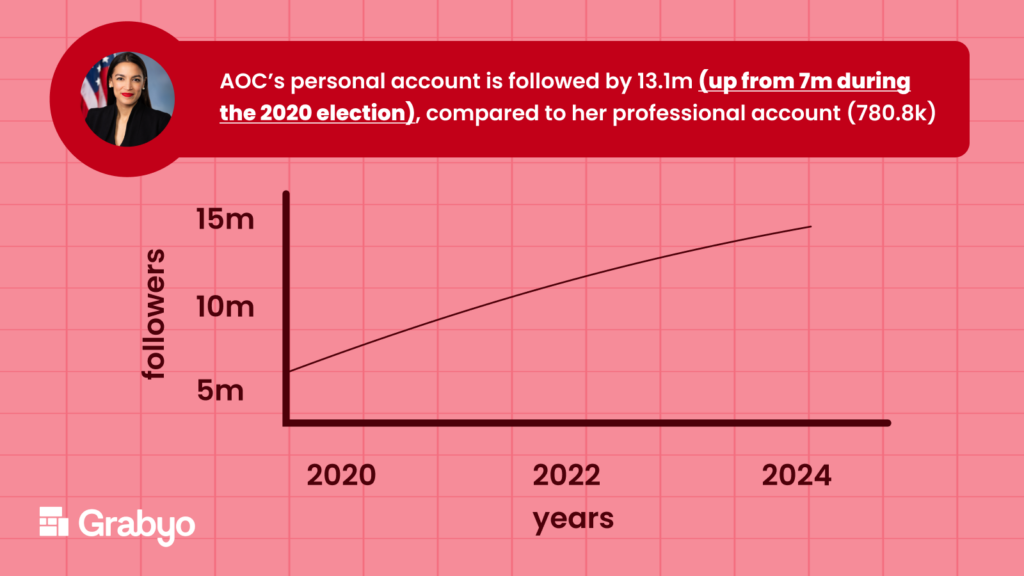
An interesting aspect of digital campaigning is that, while traditional methods often require heavy investment, live digital programming across social media platforms can substitute this capital at a relatively low entry point with minimal setup. Unlike physical events, live stream broadcasts, such as town halls, extend the campaign’s reach beyond those who can attend in person. This approach not only amplifies event visibility but also enhances supporter engagement, creating inclusive and participatory experiences that go beyond traditional campaign methods. Two-way interactions, facilitated through polls and Q&As, allow campaigners to quickly address constituent queries and develop a deeper understanding of and connection with community priorities.
Elsewhere, digital programming across social channels helps level the playing field in regions with linguistic diversity. Localization of messaging, achieved through commentary in other languages or multiple languages at once, plays a critical role in enhancing connection and understanding among diverse communities within a country. Tailoring content across digital platforms to resonate with specific cultural and linguistic groups fosters deeper engagement and relevance. Additionally, wider reach is achieved through virtual events that transcend geographical barriers. Digital platforms enable campaigns to connect globally, allowing supporters worldwide to participate in rallies, debates, and speeches in real-time, fostering a sense of community and engagement.
As digital campaigning evolves, parties and politicians are increasingly realizing the importance of engaging younger demographics on platforms like TikTok, Snap, and Instagram Reels. Figures such as Alexandria Ocasio-Cortez illustrate how social media amplifies political engagement through direct, targeted interactions, extending campaign reach and enhancing engagement with interactive dialogue and tailored messaging. This change not only makes political discourse more accessible but also ensures that campaigns connect deeply with diverse global communities, marking a significant shift in political communication and voter engagement.
Broadcasters adapting to digital news coverage
While live digital strategies offer numerous advantages, they come with challenges that must be addressed. The rapid spread of information online can lead to the proliferation of false narratives or misleading content. For example, US President Joe Biden and Mayor of London Sadiq Khan have both been victims of deep fakes—fabricated images or audio recordings generated by artificial intelligence—that spread quickly across social media. The latest UK election has underscored the emergence of “accidental influencers,” who amass niche followings by focusing on specific policy rhetoric, often without rigorous validation of their claims.
Unfortunately, misinformation runs rampant on social channels, with over half (58%) of British voters encountering news on social media that they perceive as inaccurate, heightening concerns about public trust in politicians and government entities. With nearly a third of young UK voters indicating that social media influences their voting decisions in general elections, news broadcasters face an increasing obligation to embrace digital platforms for delivering comprehensive, reliable, and timely election coverage.
Univision raises the bar during election coverage
“As the number one trusted news source for US Hispanics, we have a great responsibility to offer reliable news and information, especially during these critical times. It is crucial to keep offering breaking news and live content directly to our audiences anywhere, at any time. Now that people increasingly turn to social media for news, we were able to ramp up our production quickly, covering every angle and delivering content directly into social media feeds.”
Many broadcasters have embraced digital channels to ensure comprehensive and timely election coverage. This shift has significantly enhanced accessibility, trustworthiness, and interactivity of news for audiences, transforming how they consume and engage with political information from credible sources. Leading news networks such as Univision, PBS, and Mediacorp now offer live streaming of broadcasts on their websites and social media platforms, presenting content in both vertical and horizontal formats tailored to native channel preferences. By accommodating these preferences, broadcasters ensure that everyone has access to vital election information in their preferred format.
Digital news platforms further enhance engagement by incorporating interactive features such as live polls, comment sections, and real-time fact-checking. These elements provide a dynamic news consumption experience, allowing audiences to participate actively in discussions, express their opinions, and verify the accuracy of information as it is presented. This fosters a more informed and engaged public, facilitating deeper interaction with political information across diverse audiences.
This evolution not only serves to inform and engage the public but also opens new avenues for revenue generation.CNN Brasil exemplifies this shift by leveraging Grabyo’s cloud-based video production platform to streamline its digital and social video strategy. This technology enables CNN Brasil to produce news clips and packages remotely from anywhere in the world and distribute content rapidly across its digital platforms.
Bringing it all together in the cloud
By harnessing the power of social media and digital platforms, broadcasters and campaigners can transcend traditional boundaries, reaching diverse demographics and fostering inclusive dialogue. This approach not only amplifies campaign visibility but also cultivates a more informed and engaged electorate.
However, amidst the advantages of digital engagement, challenges like misinformation highlight the critical role of reliable news sources in maintaining public trust. Broadcasters’ commitment to delivering accurate, timely information is essential in navigating the complexities of digital discourse and ensuring democratic integrity.
Moreover, the integration of interactive features and multi-platform coverage enhances accessibility, allowing voters to engage actively and participate meaningfully in the democratic process. Beyond informing, these digital innovations also present opportunities for revenue generation through innovative content monetization strategies.
In conclusion, as election campaigns continue to evolve in the digital age, the strategic use of live digital strategies and technology-driven engagement is transforming how candidates connect with voters. By embracing these advancements responsibly, broadcasters and campaigners can navigate new frontiers of political communication, empowering citizens to make informed decisions and shape the future of democracy.




